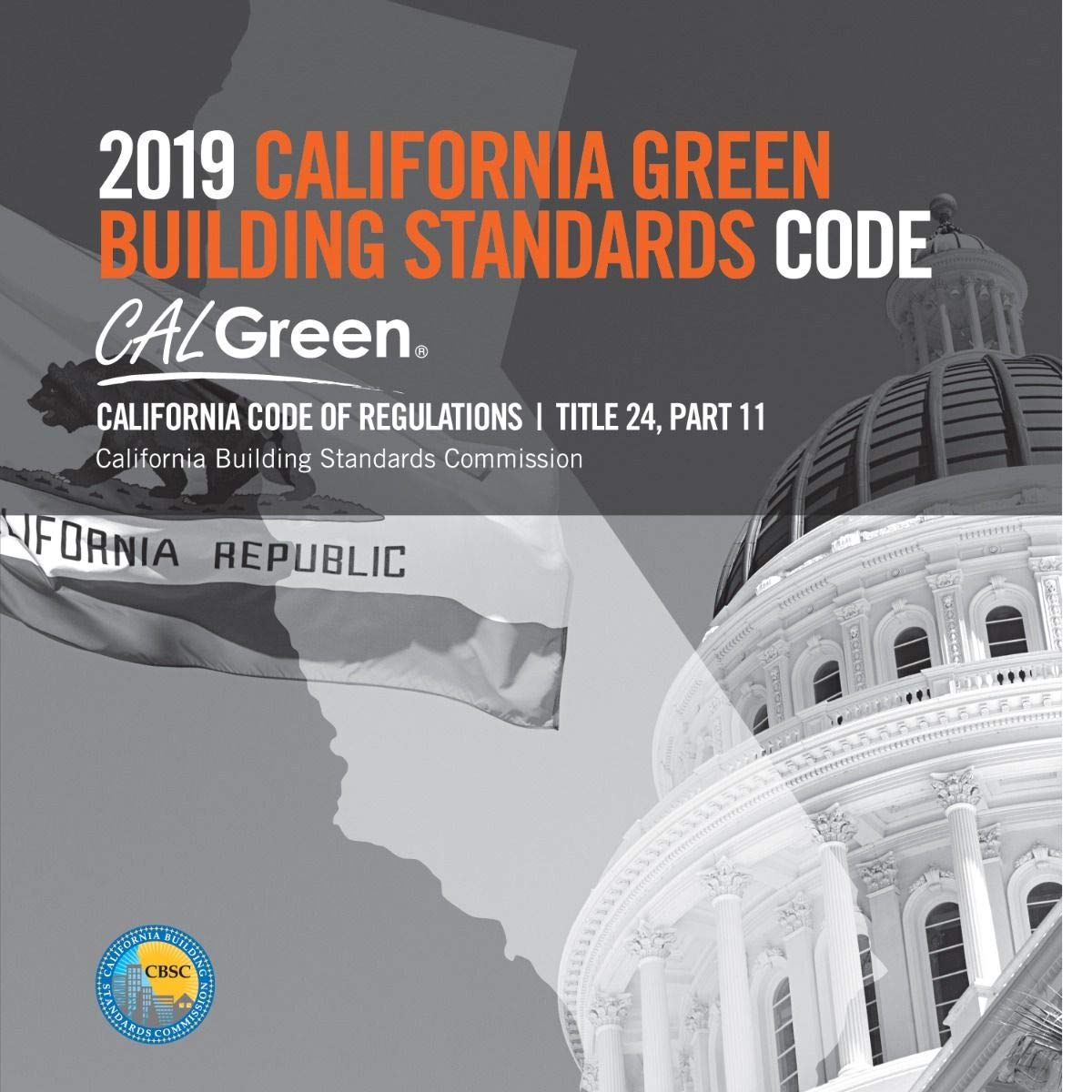The California Green Building Standards Code, Part 11 of California Code of Regulations Title 24, the California Building Standards Code, was the first adopted green building code in the nation.
The California Green Building Standards Code, also known as CALGreen, features regulations that address:
- Building Planning & Design
- Energy Efficiency
- Water Efficiency and Conservation
- Material Conservation and Resource Efficiency
- Environmental Qualities, and more
The mandatory measures under CALGreen apply to commercial, industrial, residential, and other public accommodations. This includes provisions for the planning, design, operation, construction, use and occupancy of new buildings or structures. Some alterations and additions to existing buildings which increase the building’s conditioned area, interior volume or size are also covered under the CALGreen requirements.
CALGreen is applicable to the following occupancy types and uses:
- Commercial occupancies
- Hotels, Motels, Lodging Houses
- Apartments, Condominiums
- One and Two-Family Dwelling, Townhouses, Factory-Built Housing
- Dormitories, Shelters, Congregate Residences and other types of dwellings containing sleeping accommodations

CALGreen Useful Links:
- 2019 CALGreen Code
- To obtain a copy of the Guide to the 2019 California Green Building Standards Code: Residential, visit the International Code Council website
Construction and Demolition (C&D) Waste Management Program
From a materials conservation and resource efficiency perspective, construction and demolition waste management plays a significant role in recycling and sustainability efforts as required by CALGreen. The EPA estimates that 230 to 530 million tons of construction and demolition waste is produced each year nationwide in the United States*. In California, construction and demolition debris accounts for between 21.7 to 25.5 percent of California’s waste disposal*. (*EPA Final Report The State of the Practice of Construction & Demolition Material Recovery 2017). (*CalRecycle 2014 Disposal Facility Based Characterization of Waste in California)
Federal and State law, including CALGreen, require regulation and proper documentation of construction and demolition waste as part of the overall effort to ensure various types of building materials such as wood, aggregate, and carpet, are properly diverted from landfills and/or recycled in a responsible, sustainable manner.
In Riverside, the Building & Safety and Public Works-Environmental Compliance Divisions oversee the Construction and Demolition (C&D) Waste Management Program to ensure code compliance.
In accordance with program requirements and state law, the specific CALGreen code sections that impact waste management related to construction projects are noted below:
CGBSC SECTIONS 4.408.2 (RESIDENTIAL) AND 5.408.1.1 (NON-RESIDENTIAL):
For all Low-Rise and High-Rise Residential Construction projects, this includes:
- All new low-rise (three stories or less) and high-rise residential construction
- Any alteration and/or addition to existing residential buildings where the addition or alteration increases the building’s conditioned area, volume or size
For Nonresidential Construction, this includes:
- All New (Commercial and Industrial) Buildings
- Non-Residential building additions of 1,000 square feet or greater
- Non-Residential building alterations and improvements with a permit valuation of $200,000 or greater
For residential and non-residential projects, all prerequisite forms documenting the requirements of the C&D Waste Management Plan below will be required for all new building construction and qualifying alterations and/or additions to existing buildings and their facilities.
A C&D Waste Management Form 1 shall accompany the proposed construction plans for all applicable projects at the time of plan check submittal and will be used to document the C&D waste management plan for plan review purposes. Once a building permit is issued and the project is under construction, a C&D waste management form 2 is required to be accompanied by waste hauler receipts during the waste removal process which will be collected and submitted to the City Inspector prior to the completion of your project or the granting of final occupancy.
Please download the instructions and both forms listed below
Step 1 – Complete and provide FORM 1 with your building plan check application.
Step 2 – Complete and provide FORM 2 with waste hauler tickets and/or receipts attached and provide to Public Works prior to building final and/or Certificate of Occupancy.
